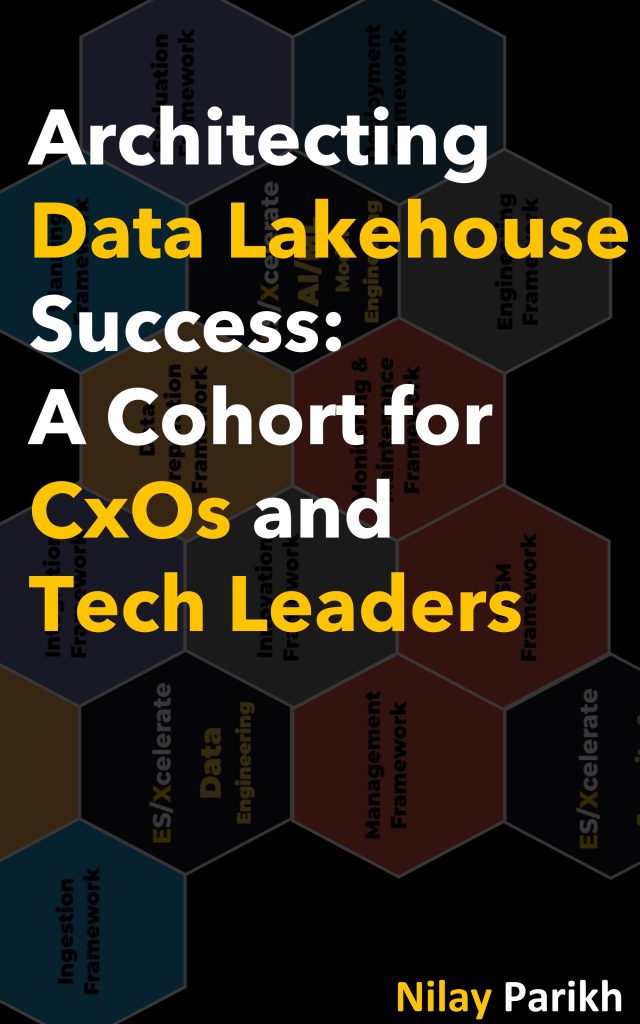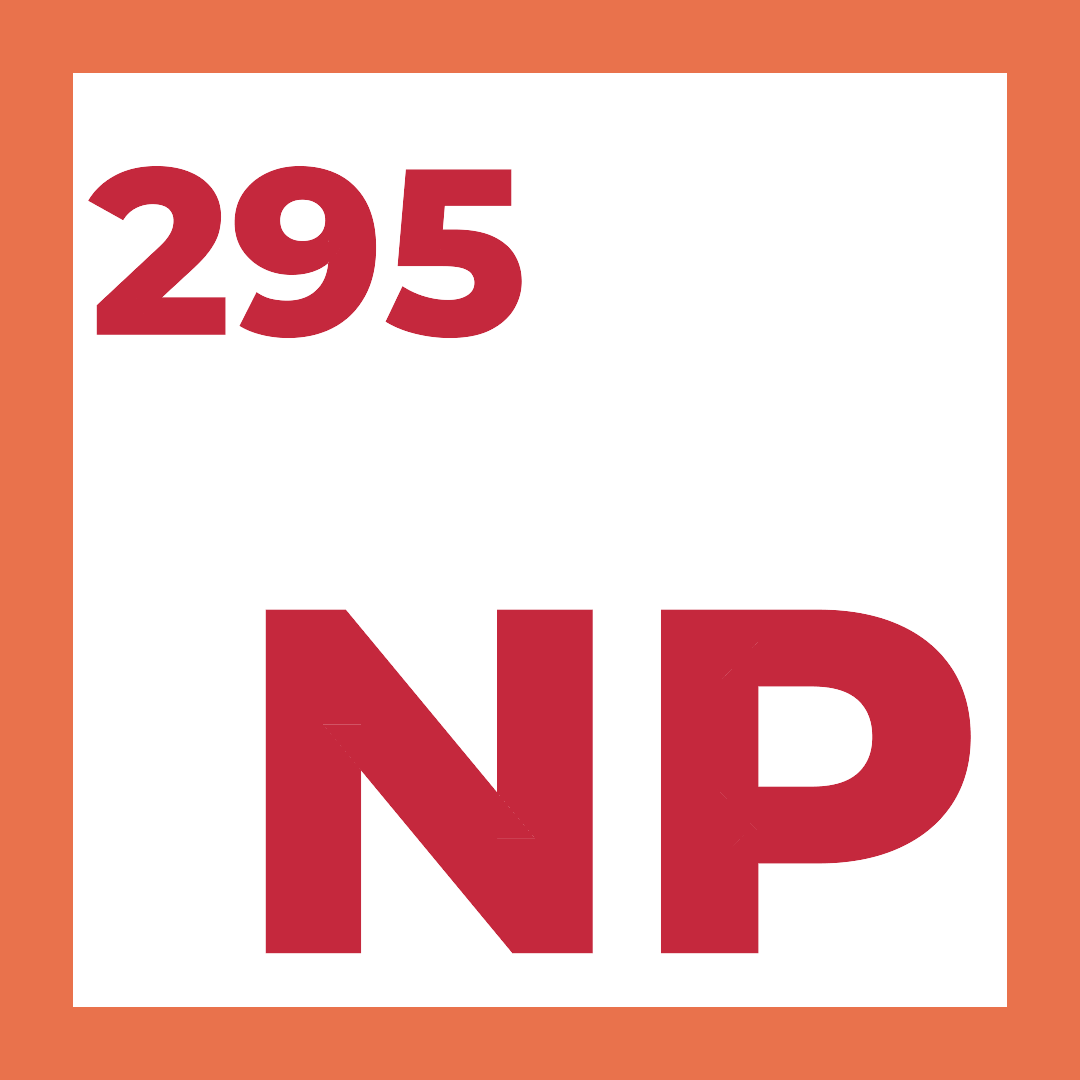
In “Architecting Data Lakehouse Success: A Cohort for CxOs and Tech Leaders,” we embark on an insightful journey through the evolving landscape of data engineering and architecture. This book is a comprehensive exploration, spanning the history, anatomy, and practical application of data lakehouses. It’s designed for technical leaders, architects, and C-suite executives who aim to merge strategic business vision with technical architectural prowess.
This chapter provides a comprehensive guide to configuring and governing processing capabilities within modern data lakehouses to empower critical workloads like batch processing, real-time streaming, and machine learning. It explores best practices to balance agility and oversight over data processing, from access controls to resource optimization.
The chapter highlights how to choose optimal SQL query engines based on criteria like performance, scalability, compatibility, and ecosystem integration. It discusses optimization techniques like query performance tuning, caching, and resource optimization. It also examines considerations for orchestrating diverse batch, streaming, and machine learning workloads, including choosing the right tools based on data needs, unifying approaches, embedding data quality checks, and leveraging automation and collaboration for future-proofing. The chapter emphasizes strategically governing notebook-based environments to democratize data exploration without compromising oversight or performance. Finally, it provides guidelines and examples for selecting suitable processing frameworks based on data characteristics, workload needs, resource availability, and integration requirements.
Architectural Principles for Solution & Technical Architects and Enterprise Architects
| Principle | Description | Exceptions |
|---|---|---|
| Extensibility | Design applications for easy integration of new features and technologies. | Not needed for legacy systems due for retirement. |
| Interoperability | Ensure compatibility with various data formats and processing frameworks. | Limited range support for specialized applications. |
| Data Format Agnosticism | Enable compatibility with various data formats in storage and processing. | Specialized data format handling for specific cases. |
| Metadata Management | Utilize metadata effectively for data resource optimization and management. | Less complex for small-scale applications. |
| Automation of Workflows | Automate repetitive and resource-intensive tasks. | Manual intervention for custom or complex tasks. |
| Continuous Optimization | Regularly optimize processing capabilities and resource allocation. | Fixed workloads with predictable resources might not need this. |
| Comprehensive Access Control | Implement strict data access control based on roles. | Relaxed controls for publicly available data sets. |
| Data Security Throughout Lifecycle | Ensure security at all data lifecycle stages, from ingestion to analysis. | Relaxed protocols for non-sensitive test environments. |
| Scalability | Design infrastructure to scale with varying workloads. | Stable workloads with predictable resource usage. |
| Resource Efficiency | Maximize infrastructure efficiency and cost-effectiveness. | Speed or convenience prioritization for experimental projects. |
| Alignment with Business Objectives | Align technological initiatives with business goals. | Divergence for experimental or research projects. |
| Transparency in Data Usage | Maintain transparency in data usage and processing. | Limited transparency for sensitive projects. |
| Adaptability to Emerging Technologies | Integrate relevant emerging technologies in data processing and analytics. | Not applicable to phasing out legacy systems. |
This table provides a comprehensive overview of the key architectural principles necessary for managing and optimizing data lakehouses, ensuring they are adaptable, secure, efficient, and aligned with business objectives.
Potential Risk Areas and Mitigations
| Risk | Mitigation |
|---|---|
| Inefficient Resource Allocation | Implement dynamic resource allocation strategies and continuous monitoring to optimize usage and reduce waste. |
| Data Security and Privacy Breaches | Enforce strict access controls, encrypt sensitive data, and regularly audit security protocols. |
| Incompatible System Integration | Prioritize interoperability in system design and perform thorough testing during integration phases. |
| Scalability Limitations | Design systems with horizontal scalability and assess capacity planning regularly to handle increasing workloads. |
| Performance Bottlenecks | Regularly analyze system performance, identify bottlenecks, and apply optimizations like query tuning and caching. |
| Complexity in Managing Diverse Workloads | Utilize unified platforms that can handle batch, streaming, and machine learning workloads, and invest in training for technical teams. |
| Metadata Management Issues | Implement robust metadata management solutions to ensure efficient data processing and retrieval. |
| Compliance and Regulatory Challenges | Stay updated with industry standards and regulations, and integrate compliance checks into system processes. |
| Failure to Keep Up with Emerging Technologies | Establish a culture of continuous learning and adaptability to integrate new technologies that enhance processing capabilities. |
| Operational Inefficiencies in Notebook Environments | Govern notebook environments with clear policies on resource management, access controls, and versioning. |
| Inadequate Data Governance | Develop a comprehensive data governance framework that addresses data quality, lineage, and lifecycle management. |
| Dependency on Specific Technologies or Vendors | Avoid vendor lock-in by choosing flexible, interoperable solutions and considering open-source options. |
These risk areas and mitigation strategies are derived directly from the context of managing and orchestrating data lakehouse environments, focusing on aspects such as processing frameworks, security, scalability, and governance.
Six Thinking Hats Scenarios
White Hat (Information and Data) : Analyzes the performance data of various SQL query engines within a data lakehouse to decide which one offers the best balance of speed and scalability for large datasets.
Black Hat (Critical Judgment): Critically evaluates the risks of implementing a serverless processing architecture, considering potential issues such as increased latency and reduced control over the computing environment.
Green Hat (Creativity and New Ideas): Proposes a novel approach to handling metadata management by leveraging AI-driven tools for automatic cataloging and optimization, potentially solving existing efficiency issues.
Available at Amazon
- US: https://www.amazon.com/dp/B0CR71D58S
- UK: https://www.amazon.co.uk/dp/B0CR71D58S
- IN: https://www.amazon.in/dp/B0CR71D58S
- DE: https://www.amazon.de/dp/B0CR71D58S
- FR: https://www.amazon.fr/dp/B0CR71D58S
- ES: https://www.amazon.es/dp/B0CR71D58S
- IT: https://www.amazon.it/dp/B0CR71D58S
- NL: https://www.amazon.nl/dp/B0CR71D58S
- JP: https://www.amazon.co.jp/dp/B0CR71D58S
- BR: https://www.amazon.com.br/dp/B0CR71D58S
- CA: https://www.amazon.ca/dp/B0CR71D58S
- MX: https://www.amazon.com.mx/dp/B0CR71D58S
- AU: https://www.amazon.com.au/dp/B0CR71D58S
Disclaimer
The views expressed on this site are personal opinions only and have no affiliation. See full disclaimer, terms & conditions, and privacy policy. No obligations assumed.
